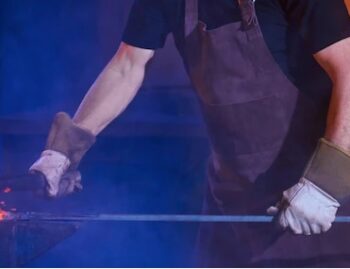
Needle valves #ZAES are crucial devices in fluid flow control and regulation systems. They are used in a wide variety of applications #industrialfrom industry #Chemistry y #petrochemical to the #pharmaceuticals and the 1TP5Food.
In the following, I will elaborate on the key aspects of these advanced technologies:
- Needle valve design:
Needle geometry:
The needle in a needle valve is a conical part that fits into a conical seat. This design allows precise flow regulation by varying the needle position. The relationship between the length and the diameter of the #aguja is critical for fine flow control.
In addition, the angle of the taper can vary according to the application, which affects the sensitivity of the regulation.
Building materials:
The materials used must be compatible with the fluids being handled and corrosion resistant.
For example, in applications with strong acids or bases, needle valves with Teflon coatings or other corrosion resistant materials can be used.
For applications of #alta 1TP5Printing y #temperatureStainless steel alloys or even ceramic materials are preferred because of their resistance to abrasion and corrosion.
- Advanced sealing techniques:
Hermetically sealed:
Tight sealing is essential to prevent unwanted leakage in a needle valve.
Lip seals, made of flexible materials, can be fitted around the needle to provide a reliable seal when the valve is closed.
Graphite rings are common in high temperature applications as they are resistant to extreme temperatures.
Dynamic seals allow effective sealing even during valve operation.
- Actuators and position control:
Electronic actuators:
Electronic actuators allow precise control of the needle position in real time.
They can be controlled by automation systems, PLCs or even through a user interface.
Position feedback via sensors ensures fine control and the ability to automatically adjust the valve in response to changes in flow or process conditions.
- Advanced flow control:
Proportional flow regulation:
Needle valves are commonly used in control systems for the control of #flow proportional.
This means that the needle position is adjusted according to the control signals to maintain a constant flow rate or to follow a specific control curve.
This is crucial in applications where precise flow regulation is required.
- Coating technology:
Abrasion and corrosion resistant coatings:
Protective coatings are applied to the needle and seat surface to extend the life of the valve in the event of a valve failure. #severe conditions.
These coatings can be made of materials such as #tungsten carbide o #ceramicwhich are highly resistant to wear and corrosion.
- Automation and remote control:
Automation systems:
Advanced needle valves are integrated into industrial automation systems.
This allows centralised control of multiple valves and the ability to monitor and adjust flow remotely.
SCADA systems and programmable logic controllers (PLCs) are common in this context.
- Cavity and flow design:
CFD modelling and simulation:
The design of the valve cavity geometry benefits from computational fluid dynamics (CFD) simulation.
This makes it possible to predict how the fluid flow will behave under different conditions and to adjust the geometry to minimise head loss and ensure a uniform and controllable flow.
- Advanced maintenance and diagnostics:
Status monitoring:
Valve-integrated condition sensors and advanced diagnostic systems enable continuous monitoring of valve health.
Data from these sensors can be used to schedule preventive maintenance and detect problems before they affect the process.
In short, the advanced technologies in needle valves range from precise design and materials of construction to automation, flow optimisation and condition monitoring.
These improvements are essential to ensure efficient and reliable fluid control and regulation in a wide range of industrial applications.









